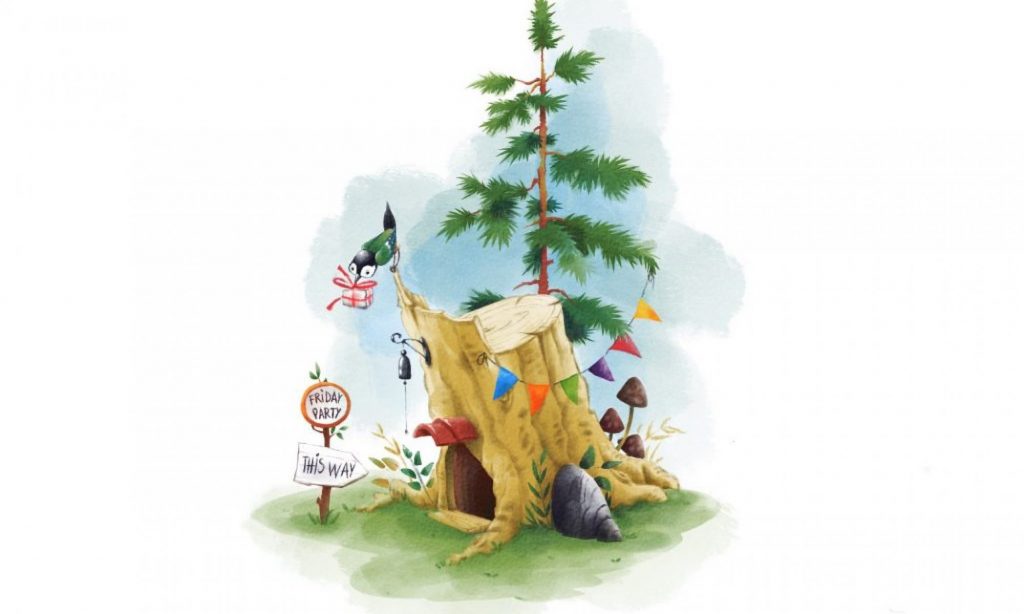During summer holidays, I took several online courses, masterclasses and workshops to keep myself busy. One of them was a Storyboard one-day workshop from Aardman Studio.
Because the whole unprecedented situation in the country Aardamn moved all their courses online with all kind of classes available form time to time, from stop-motion to model and puppet making.
Since over the pre-production stage on our team project for LIAF, I worked a lot with storyboards; therefore, I decided to take this additional class to get more about this discipline. I wanted to know more about how it works in the real studio and how different it is from my own experience so far and to learn something new about storyboarding.

The course was taught by Sam Horton. He is an artist who behind such projects as Morph from Aardman, Go Jetters Blue Zoo, Denis and Gnasher Unleashed Jellyfish Pictures, and many more.
In view of the course only one day long, the schedule was very intensive.
Over the first part of the day, Sam introduced himself, he gave us overall about his experience, about projects he worked. Then we got a chance to introduce ourselves- all participants were from different backgrounds, with various drawing skills and with little or no experience in storyboarding at all. After that was a bit thrilling moment- evaluation of pre-course homework 🙂 (I will get back to it later).

Shortly after that, Sam Horton gave us behind the scenes in storyboarding from script to pitch to finished work. He provided a lot of tip and tricks like acting and exaggeration are the best friend of the artist, and perspective lines help enormously for staging and camera placement. More than that, you should always ask for references. And one, that I found really important, test your board on your friends or co-workers. It will help you to make changes before actual viewing with directors and get a better critique of your work.
Right after lunch, we were divided into teams of four and worked on a given script to produce a storyboard. The script was for one of the Morph episodes, and each team had 30 minutes only for work.


I would say it was challenging. Firstly, if you are not familiar with this cartoon, you might not know who are the characters and how they look like. For instance, we had Chas and The Very Small Creatures. So, we googled to find about them. Secondly, for no-English speakers, some specific names of objects were new. Like particular brands of cookies and specific kind of fireworks were mentioned in our script.
When we got back into one zoom-room, each team presented their work and Sam gave some constructive critique and comments. That was the most comical part of the day because we used funny noises while pitching our storyboards. Also, we watched the original episodes for every script to see how close we were with our boards. That was great.
We finished the workshop with a Q&A session and contacts exchanging.
Well, in general, I would say that as a one-day class, it was great and we got a lot of comprehensive information about storyboarding as a profession, about necessary skills and how-does-it-work. I also realised how much I still need to learn and improve my skills enough to work as a storyboarder artist.
To be continued …
